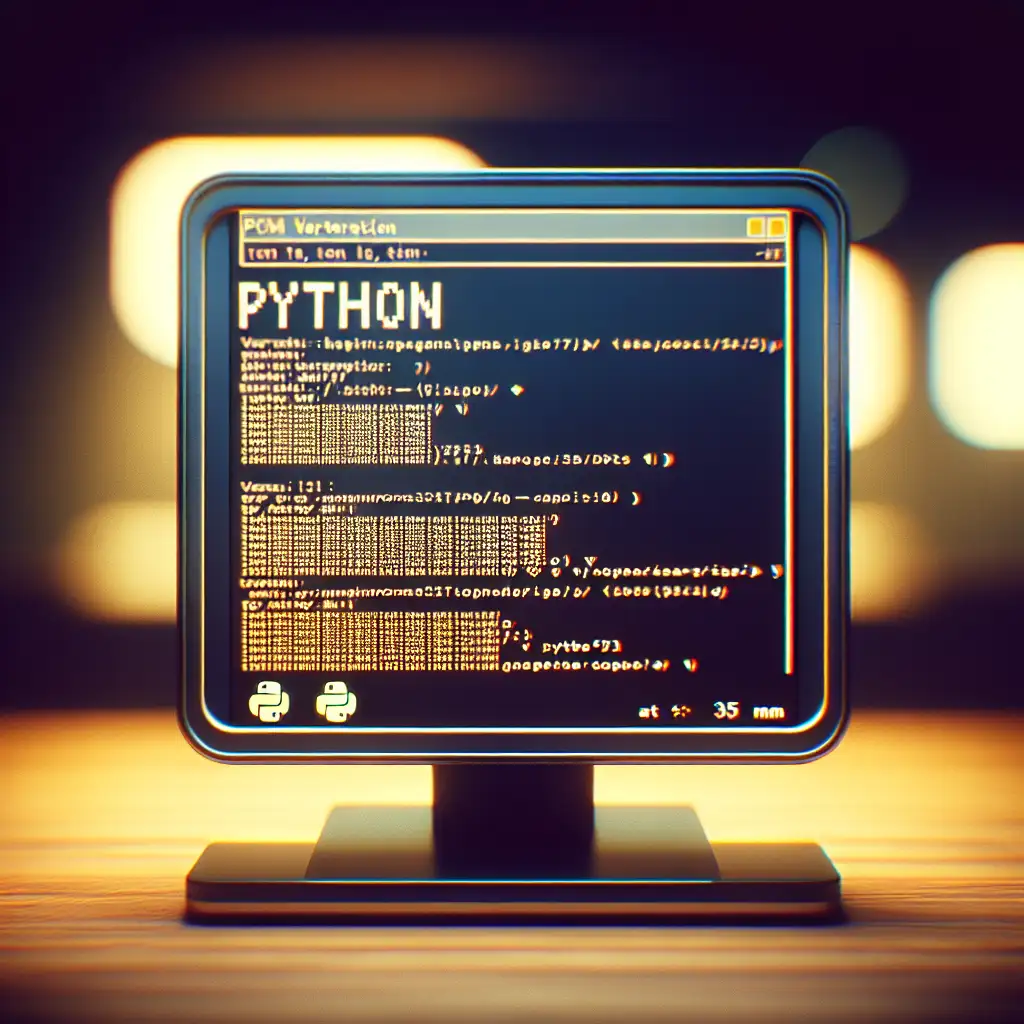Mastering Python Terminal Launch: The Essential First Step for Every Developer
Forget complex IDEs for a moment—discover why launching Python from the terminal is the power move that sharpens your coding instincts and grounds your workflow in real programming essentials.
If you’re new to programming or just starting your Python journey, mastering how to launch Python from the terminal is the foundational skill that every developer needs. While fancy IDEs and graphical editors have their perks, understanding how to initiate Python directly in the terminal unlocks a world of efficiency, speed, and hands-on learning. This simple, yet powerful step lets you interact with Python instantly, test snippets on the fly, and manage your development environments with ease.
Why Launch Python from the Terminal?
- Immediate feedback: You can type Python commands and get instant results.
- Lightweight: No need to open bulky IDEs for small experiments or quick debugging.
- Environment control: Manage virtual environments and dependencies directly via command line.
- Scripting made easy: Run Python scripts quickly without extra setup.
Now, let's dive into the how-to with some practical guidance.
Step 1: Open Your Terminal
Depending on your operating system:
- Windows: Press
Win + R, typecmd, and hit Enter. Alternatively, try PowerShell or the new Windows Terminal. - macOS: Open Spotlight (
Cmd + Space), typeTerminal, and press Enter. - Linux: Use your distribution’s terminal emulator, often found via the applications menu or with
Ctrl + Alt + T.
Step 2: Check if Python is Installed
Type the following command and press Enter:
python --version
or
python3 --version
You should see something like:
Python 3.10.5
If you get an error like command not found, Python may not be installed or your path isn’t set correctly. Head over to python.org to download and install it.
Tip: On many systems, especially Linux/macOS, Python 3 is invoked using python3, since python may point to Python 2.x by default.
Step 3: Launch the Python Interactive Shell
Once confirmed, simply type:
python
or
python3
and hit Enter. You’ll enter an interactive mode that looks like this:
Python 3.10.5 (default, Jun 7 2023, 15:48:52)
[GCC 9.4.0] on linux
Type "help", "copyright", "credits" or "license" for more information.
>>>
The >>> prompt is your playground. Here, you can type Python commands and see the results immediately.
Step 4: Test Some Python Code Directly
Try some quick commands to play around:
>>> print("Hello, Python!")
Hello, Python!
>>> 2 + 3 * 5
17
>>> for i in range(3):
... print("Number:", i)
...
Number: 0
Number: 1
Number: 2
Notice the prompt changes to ... for multi-line statements, signaling that Python expects your code block to continue.
Step 5: Exit the Python Shell
When you’re done experimenting, exit by typing:
>>> exit()
or pressing Ctrl + D (in most terminals) or Ctrl + Z followed by Enter on Windows.
Bonus: Running Python Scripts from the Terminal
Instead of entering code line-by-line, you can save your Python code in a file (e.g., hello.py):
print("Hello from script!")
Run the script via the terminal:
python hello.py
or
python3 hello.py
Your script will execute, and the output will display in the terminal.
Conclusion
Mastering launching Python from the terminal isn’t just about syntax; it’s about embracing a skill that grounds you in programming fundamentals. Terminal interaction boosts your instinct by giving direct feedback, letting you experiment and debug quickly without distractions. If you want to become a faster, more flexible Python developer, this essential first step could be the game changer in your coding routine.
So next time you sit down to code, leave the IDE aside for a moment — open your terminal, launch Python, and dive straight into hands-on programming.
Happy coding! And remember: the terminal is your direct line to Python’s heart.
